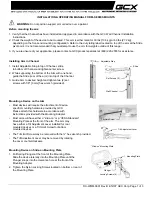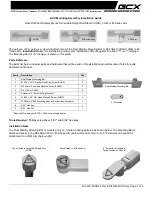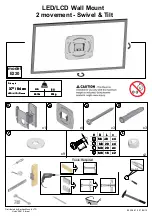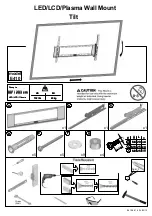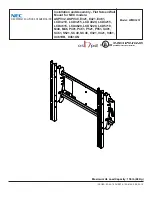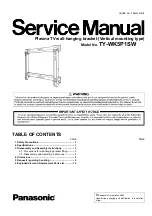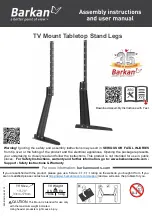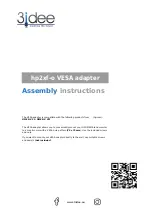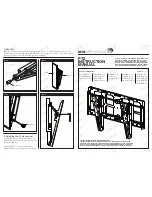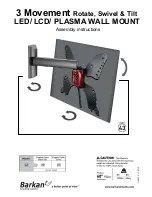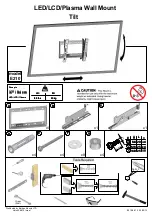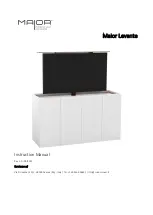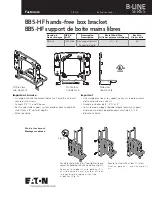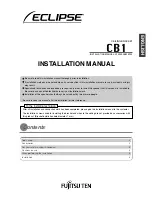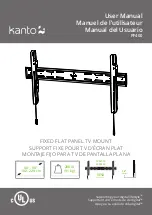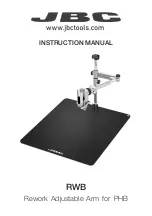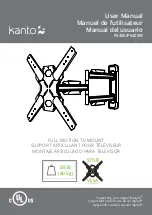
English
Use the correct size and type of screws and
wall anchors – taking into account the
construction and condition of the wall.
Use a minimum af four screws in the upper
group of holes in the wall bracket, and a mini
mum of one screw in the lower row of holes –
each screw with a minimum load rating of
65 kg (145 lbs) – see
fig. 1
.
Special notice about light partition walls!
Light partition walls are often constructed of
gypsum panels – known as drywall or wall
board – secured to vertical studs. Gypsum can
not support the weight of the television and
wall bracket! If you wish to hang the television
on a wall constructed of gypsum panels, you
must use the special reinforcement bracket
(available as an optional accessory – part No.
3031122). Follow the instructions enclosed
with the reinforcement bracket.
When setting up the Wall Bracket, we
recommend the following procedure:
1 Use the wall bracket as a template to mark up
where to drill the holes.
2 Assemble the Wall Bracket on the wall, and
secure it with the two screws
(A)
.
3 Attach the locking pin
(B)
to the television.
4 Hang the television onto the Wall Bracket, and
secure it with the locking screw
(C)
. Insert the
plug into the socket marked STAND on the
television.
5 Attach the loudspeaker and adjust its position –
as described in the Guide for the loudspeaker.
Run the cables from the loudspeaker to the tele
vision.
6 Connect the remaining cables. Run the cables
through the cable strip
(D)
. Before you tighten
the cable strip, make sure that all cables are run
in a broad loop so that they do no restrict the
motorised movement.
7 Calibrate the setup in order to restrict the move
ment of the television as described in the supple
ment for the BeoVision 7 Guide.
Only
BeoVision 7–40 with a
software version 7.1
, or
newer, can be calibrated
.
Español
Utilice tornillos y tacos del tamaño y el tipo
correctos, teniendo en cuenta la construcción
y el estado de la pared.
Utilice como mínimo cuatro tornillos en el
grupo superior de orificios del soporte de
pared y un mínimo de un tornillo en la fila
inferior de orificios. Cada tornillo tiene que
tener un límite de carga mínimo de 65 kg
(145 libras).
Véase la figura 1
.
¡ Aviso especial acerca de los tabiques finos !
Los tabiques finos suelen estar construidos
con paneles de yeso (también llamados
tablarrocas o tableros para tabiques) fijados
D
!
‘velcro’
6
7









